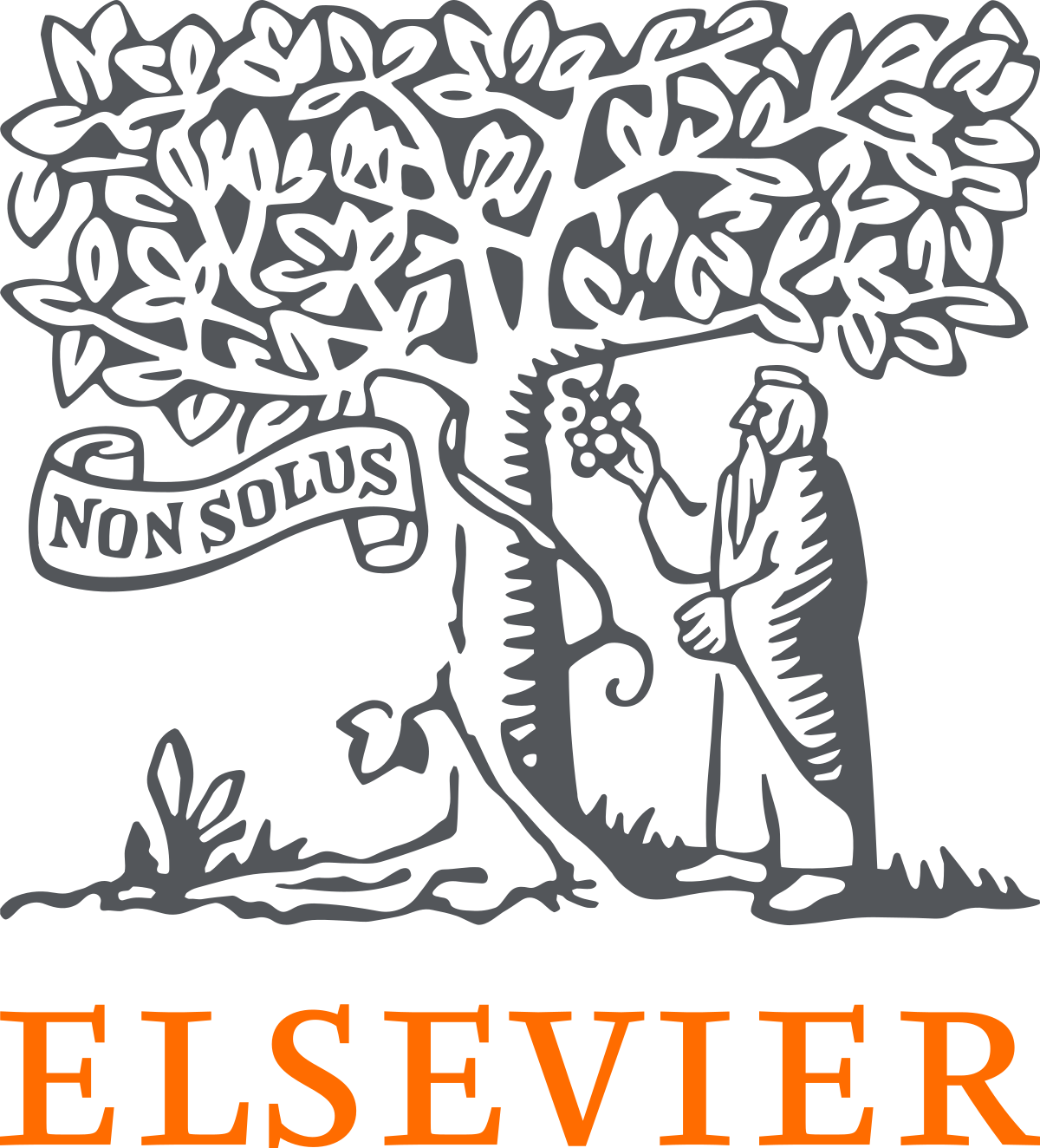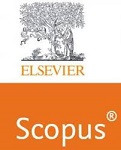Enhancing Tax Administration in Niger : A Data Mining Approach to Outlier Detection
Keywords:
CRISP-DM, Data mining, Machine Learning (ML), Outlier detection, Tax administrationAbstract
Developing countries face significant challenges in accurately forecasting tax revenues due to disparate databases and the presence of outliers in collected taxes. These anomalies can lead to inconsistencies in revenue predictions, impacting economic planning and policy decisions. This study applies the CRoss Industry Standard Process for Data Mining (CRISP-DM) framework to support Niger’s tax administration in detecting and addressing outliers. Boxplot analysis and extreme value detection algorithms were utilized to visualize outliers, while the Interquartile Range (IQR) Machine Learning (ML) algorithm was employed to remove them. The dataset covers the period from January 2019 to December 2022. The current analysis identified significant outliers in June 2020 and December 2021 for Value Added Tax (VAT) and in August 2021 for Processing Tax and Salary (ITS). The study found that with outliers, VAT, ITS, and Profit Tax (ISB) accounted for 61.2% of total tax revenues, whereas without outliers, their combined contribution increased to 64.8%, highlighting the importance of accurate anomaly detection for better fiscal planning.
Downloads
References
A. T. Olufemi, O. Jayeola, A. S. Oladele, and A. O. Naimot, ‘Tax revenue and economic growth in Nigeria’, Scholedge International Journal of Management & Development, vol. 5, no. 7, pp. 72–85, 2018.
‘statistiques-recettes-publiques-afrique-niger.pdf’, 2024, [Online]. Available: https://www.google.com/search?q=statistiques-recettes-publiques-afrique-niger.pdf
F. Marro-Dauzat, ‘La pression fiscale dans l’Union européenne’, 2023,[Online]. Available: https://www.touteleurope.eu/economie-et-social/la-pression-fiscale-dans-l-union-europeenne/
L. Lin, ‘Application of big data model in financial taxation management’, Scientific Programming, vol. 2021, no. 1, p. 7001456, 2021.
‘L’Union Européenne et le Niger | EEAS’, 2023, [Online]. Available: https://www.eeas.europa.eu/niger/lunion-europeenne-et-le-niger_fr?s=113
F. Y. Mpofu, ‘Prospects, challenges, and implications of deploying artificial intelligence in Tax Administration in developing countries’, Studia Universitatis Babes Bolyai-Negotia, vol. 69, no. 3, pp. 39–78, 2024.
I. El Yamlahi, N. B. Amine, and H. El Ghazlani, ‘La contribution de l’intelligence artificielle au developpement de la Direction Generale des Impots au Maroc’, Revue Economie & Kapital, vol. 1, no. 21, 2022.
J. Cheng, ‘Data-mining research in education’, arXiv preprint arXiv:1703.10117, 2017.
M. Koklu, K. Sabancı, and M. F. Unlersen, ‘Classification of Heuristic Information by Using Machine Learning Algorithms’, International Journal of Intelligent Systems and Applications in Engineering, vol. 4, no. Special Issue-1, pp. 252–254, 2016.
J. Han, J. Pei, and H. Tong, Data mining: concepts and techniques. Morgan kaufmann, 2022.
S.-H. Liao, P.-H. Chu, and P.-Y. Hsiao, ‘Data mining techniques and applications–A decade review from 2000 to 2011’, Expert systems with applications, vol. 39, no. 12, pp. 11303–11311, 2012.
S. Moro, R. Laureano, and P. Cortez, ‘Using data mining for bank direct marketing: An application of the crisp-dm methodology’, 2011.
G. Mariscal, O. Marban, and C. Fernandez, ‘A survey of data mining and knowledge discovery process models and methodologies’, The knowledge engineering review, vol. 25, no. 2, pp. 137–166, 2010.
C. S. K. Dash, A. K. Behera, S. Dehuri, and A. Ghosh, ‘An outliers detection and elimination framework in classification task of data mining’, Decision Analytics Journal, vol. 6, p. 100164, 2023.
C. Shearer, ‘The CRISP-DM model: the new blueprint for data mining’, Journal of data warehousing, vol. 5, no. 4, pp. 13–22, 2000.
R. Wirth and J. Hipp, ‘CRISP-DM: Towards a standard process model for data mining’, in Proceedings of the 4th international conference on the practical applications of knowledge discovery and data mining, Manchester, 2000, pp. 29–39.
I. Wowczko, ‘A case study of evaluating job readiness with data mining tools and CRISP-DM methodology’, International Journal for Infonomics, vol. 8, no. 3, pp. 1066–1070, 2015.
T. Darmawan, A. S. Birawa, E. Eryanto, and T. Mauritsius, ‘Credit classification using CRISP-DM method on Bank ABC customers’, International Journal of Emerging Trends in Engineering Research, vol. 8, no. 6, 2020.
S. Studer et al., ‘Towards CRISP-ML (Q): a machine learning process model with quality assurance methodology’, Machine learning and knowledge extraction, vol. 3, no. 2, pp. 392–413, 2021.
S. Sharma, K.-M. Osei-Bryson, and G. M. Kasper, ‘Evaluation of an integrated Knowledge Discovery and Data Mining process model’, Expert Systems with Applications, vol. 39, no. 13, pp. 11335–11348, 2012.
G. C. Onwubolu and D. Davendra, Differential evolution : A handbook for global permutation-based combinatorial optimization, vol. 175. Springer, 2008.
D. Micci-Barreca and S. Ramachandran, ‘Improving tax administration with data mining’, White paper. Elite Analytics LLC, 2004.
C. L. Roth, ‘La science des données numériques au service du contrôle fiscal français - Réflexions sur l’Algocratie’.
Q. Zheng, Y. Xu, H. Liu, B. Shi, J. Wang, and B. Dong, ‘A survey of tax risk detection using data mining techniques’, Engineering, vol. 34, pp. 43–59, 2024.
M. G. Allingham and A. Sandmo, ‘Income tax evasion : A theoretical analysis’, Journal of public economics, vol. 1, no. 3–4, pp. 323–338, 1972.
P. Vandenberghe, J. L. Carvajal, M. Kabaka, and T. Pichot, ‘Rapport d’Évaluation de la Performance’, 2022, [Online]. Available: https://www.tadat.org/assets/files/Niger_Replublic_TADAT_%202022.pdf
Downloads
Published
How to Cite
Issue
Section
License

This work is licensed under a Creative Commons Attribution-ShareAlike 4.0 International License.
All papers should be submitted electronically. All submitted manuscripts must be original work that is not under submission at another journal or under consideration for publication in another form, such as a monograph or chapter of a book. Authors of submitted papers are obligated not to submit their paper for publication elsewhere until an editorial decision is rendered on their submission. Further, authors of accepted papers are prohibited from publishing the results in other publications that appear before the paper is published in the Journal unless they receive approval for doing so from the Editor-In-Chief.
IJISAE open access articles are licensed under a Creative Commons Attribution-ShareAlike 4.0 International License. This license lets the audience to give appropriate credit, provide a link to the license, and indicate if changes were made and if they remix, transform, or build upon the material, they must distribute contributions under the same license as the original.





